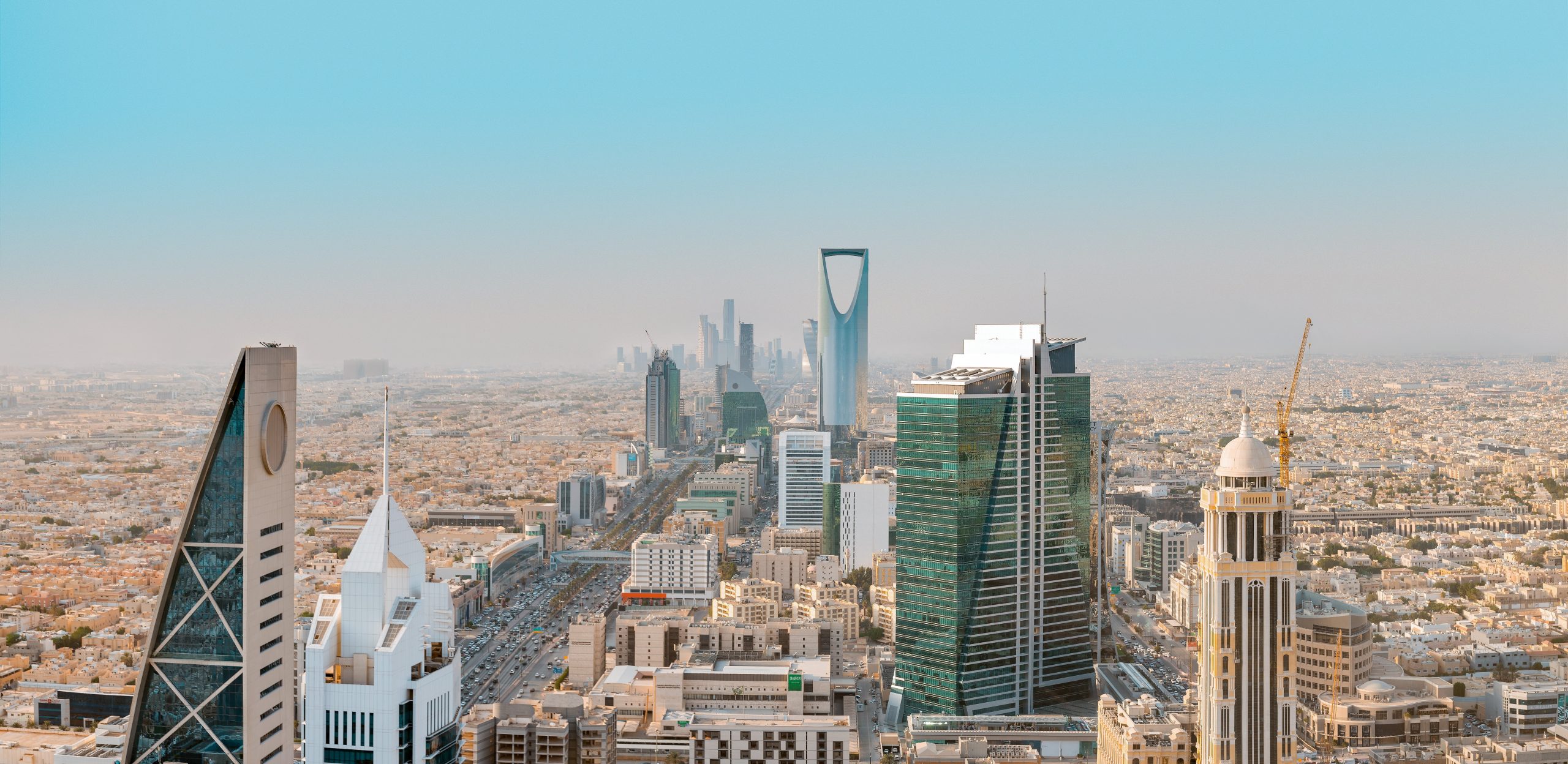What are Saudi Arabia’s Achievements in the Green Hydrogen Industry?

Byline: Nayasyr
Saudi Arabia can produce green hydrogen more efficiently than Germany, a recent report comparing the two nations has revealed.
Due to favorable environmental conditions, the Kingdom requires notably less investment for target H2 production compared to its European counterpart, according to a new finding by the King Abdullah Petroleum Studies and Research Center.
Specifically, Saudi Arabia’s high sunlight radiation levels translate into lower costs for solar-based hydrogen production, contrasting sharply with wind-based methods typically employed in areas with less light exposure, such as Germany.
The analysis further emphasises that by 2030, to achieve a daily production of 600 tons of green hydrogen, Saudi Arabia’s solar-based production would demand 25 percent less investment than Germany’s wind-based approach.
According to KAPSARC, financing costs in the Kingdom are at least 200 basis points lower than those in Germany, even when accounting for shipping charges.
This significant cost advantage further solidifies Saudi Arabia’s position as a top contender in global solar energy potential, bolstering the economic viability of its sustainably minded H2 production efforts.
Yousef Al-Shammari, a senior energy research fellow at Imperial College London, underscored the importance of green hydrogen as the world grapples with global warming, saying, “When it comes to the Western markets, they are looking at green hydrogen, not blue. They want to produce as much as 10 million tons per year by 2030 as part of the decarbonisation plans.”
He added: “If you want to produce green hydrogen in Germany, it’s going to cost you $5 a kilogram. But if you’re going to produce it in Saudi Arabia, it’s going to cost you between $1 and $2 a kg.”
Al-Shammari said that for the foreseeable future, Germany, which is Europe’s largest economy, would be dependent on and would need to import green hydrogen from cheap places like Saudi Arabia.
The KAPSARC analysis elaborates on the substantial influence of the disparity in financing expenses on the prospective economics of green hydrogen production, stating, “Variations in the cost of financing assumptions can significantly alter the economics of green H2 production and trade.”
Leading H2 production
Saudi Arabia is set to lead in renewable hydrogen production for both local consumption and export, aligning with global decarbonisation trends wherein sustainably minded resources are considered crucial, as indicated by the report.
This undertaking is driven by the Kingdom’s significant international solar energy potential and its onshore wind initiatives, complemented by its strategic location.
These factors not only result in reduced H2 production costs but also support its ambition to emerge as a leading energy exporter in the race toward achieving net zero emissions.
As the global economy moves toward decarbonisation, Saudi Arabia’s role in shaping the future energy landscape, especially concerning green hydrogen, becomes increasingly pivotal.
This is underscored by the Kingdom’s energy strategy and the ideas expressed by Saudi Minister of Energy Prince Abdulaziz bin Salman, during the Future Minerals Forum in January.
At the conference, the energy minister declared that Saudi Arabia is transitioning into a leading exporter of diverse energy types, moving away from its traditional role as an oil exporter, according to a senior minister.
“We are no longer being called a leading oil country or oil-producing country. Our tag now is that we would like to be an energy-producing country of all sorts of energy, so our task is to prove it and we shall,” he said.
Geographic advantage
Saudi Arabia’s geographical positioning is central to its role in the global energy market, providing it with a strategic advantage in the export of green hydrogen.
The country is situated at the crossroads of Europe, Asia, and Africa, which are key markets for future H2 demand.
This location minimises transportation distances and costs to major demand centers, particularly when compared to other potential exporting countries.
“What the Kingdom has firstly, on the northwest side, is ACWA Power and NEOM have this large site. The feature here is that it can be easily exported to transport it to Europe from the northwest of Saudi Arabia,” Al-Shammari said.
Saudi energy giant ACWA Power currently holds the world’s most extensive green hydrogen storage unit, producing 1.2 million tons of ammonia per annum.
According to the researcher, the company can “easily” import and export this large quantity from its site in the northwest region of the Kingdom to Europe.
Echoing Al-Shammari’s comments, the paper states that assuming the shipping and reconversion cost of $1 per kg of H2 equivalent in the form of ammonia is achieved by 2030, green hydrogen from Saudi Arabia could still be delivered to Europe, namely Germany, with relative competitiveness.
These geographic and climatic advantages ensure a lower production cost and offer a consistent and reliable energy supply for green hydrogen production.
The analysis confirms Saudi Arabia’s cost efficiency and logistical viability as the nation emerges as a leading exporter of hydrogen.
Such reliability is crucial for maintaining a steady supply chain and meeting export commitments. Furthermore, the country’s existing infrastructure and experience as a leading global oil supplier provide a solid foundation for building and scaling up green H2 export capabilities.
The report highlights the country’s economic and logistical advantages, underscoring its potential to supply green H2 to key demand centers globally and competitively.
As the world shifts toward decarbonisation, Saudi Arabia’s pivotal role in shaping the future energy landscape, particularly in green hydrogen, becomes increasingly apparent.
With its strategic vision and commitment to sustainability, the Kingdom stands poised to make a substantial impact on the global stage of renewable energy.

